by Kim Chipman (Agri-Pulse) After a dramatic withdrawal of support from a key ethanol bill in October, the American Petroleum Institute is once again teaming up with ethanol stakeholders to push the Trump administration and Congress to help get the legislation over the finish line. And in a new development, the groups also are united in asking for a revamping of policy that allows small refiners to seek exemption from biofuel-blending rules. READ MORE
Related articles
Excerpt from Bloomberg Law: The largest oil and gas trade group in the US has gone full circle on a proposal to allow year-round sales of fuels of higher ethanol blends — first backing it, then opposing and now supporting it again.
In a letter delivered Thursday to the White House, the American Petroleum Institute joined a coalition of biofuel producers and fuel retailers asking US President Donald Trump to push Congress to develop legislation on the issue. In October, however, API said it opposed a bill allowing for gasoline blended with up to 15% ethanol, called E15, to be sold year-round, marking a ... READ MORE
Excerpt from Growth Energy: Growth Energy today (December 4, 2025) joined liquid fuels groups representing ethanol producers, oil refiners, fuel marketers, travel plazas, truck stops and convenience store retailers to express the need for long-term policy certainty across the transportation fuel sector. In a letter to President Donald Trump, the organizations urged policymakers to advance legislation in support of a stable, efficient fuels marketplace.
“Legislation allowing the year-round, nationwide sale of E15 would improve fungibility and substantially reduce many of the complexities that arise for our industries as we operate in a national marketplace,” the organizations wrote.
The letter urges the White House to support legislative action providing lasting certainty to this issue and reforming the Small Refinery Exemption (SRE) program.
“The current SRE structure has encouraged a system of winners and losers that distorts the marketplace, creates instability, and ultimately, hurts consumers,” the organizations wrote. “A more consistent and narrowly applied SRE structure would create a far more predictable regulatory environment.”
Other liquid fuels groups on the letter included the American Petroleum Institute, National Association of Convenience Stores, NATSO, Representing America’s Travel Centers and Truck Stops, Renewable Fuels Association, and SIGMA: America’s Leading Fuel Marketers.
Click here to view the letter. READ MORE
(Renewable Fuels Association) In comments submitted to the California Air Resources Board, the Renewable Fuels Association recommended the agency require flex fuel vehicle capability in all new vehicles with internal combustion engines sold in California, at the earliest practical model year. The comments were submitted in response to a CARB Drive Forward Light-Duty Vehicle Program Workshop on October 21.
“CARB’s number one guiding principle for the Drive Forward program, as stated in the staff presentation, ‘is to design stringent but flexible programs that achieve cost-effective emission reductions,’” wrote RFA Chief Economist Scott Richman. “RFA believes that implementing a well-structured combination of requirements and incentives to grow the market for higher-level ethanol blends such as E85 in California would be among the most affordable ways to achieve significant reductions in criteria and greenhouse gas emissions from the state’s light-duty vehicle population.”
Richman noted that emissions testing at the University of California, Riverside indicated statistically significant reductions in NOx, CO2, PM and cumulative BTEX emissions with E85 compared to E10, and that emissions of CO and NMOG-NOx trended lower with E85. Further, over the last few years, E85 has consistently sold at nearly two dollars per gallon less than regular gasoline. READ MORE
“Ethanol is the pathway now toward a low carbon future and the key to energy transition. If you look at low-carbon, scalable, affordable fuels, ethanol is the only game in town.” -- Ernest Moniz, EFI Foundation and former US Secretary of Energy, quoted in Oklahoma Farm Report READ MORE

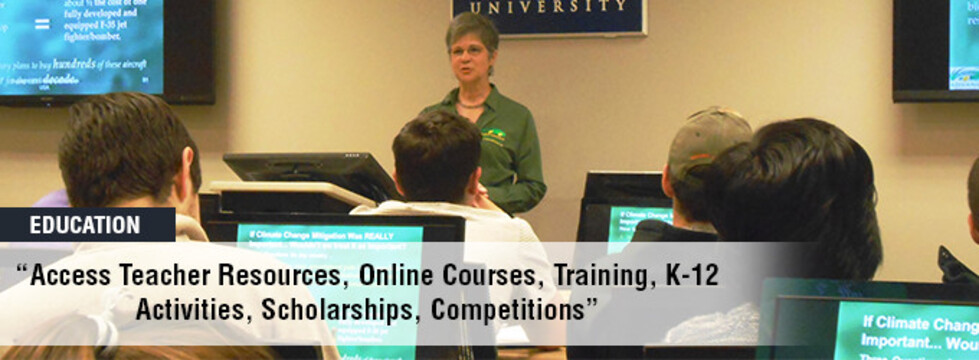









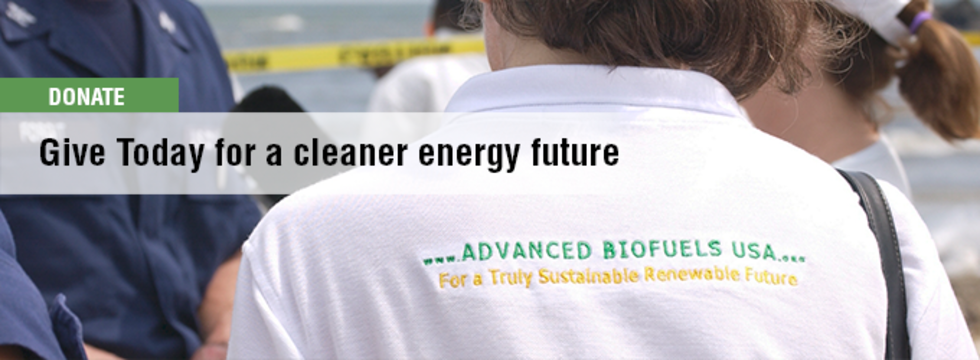
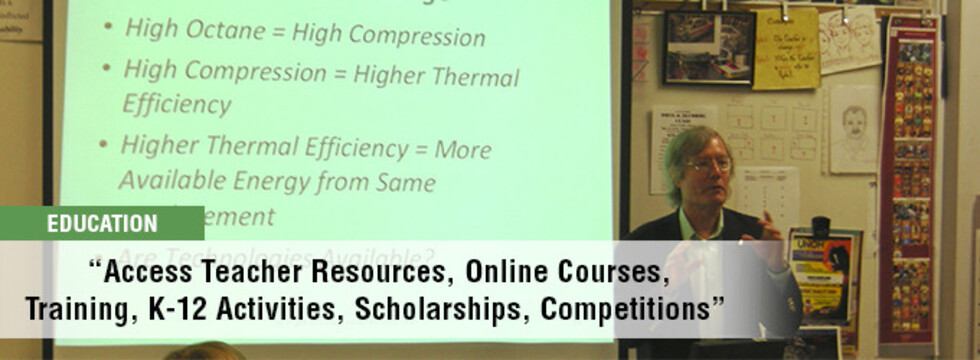



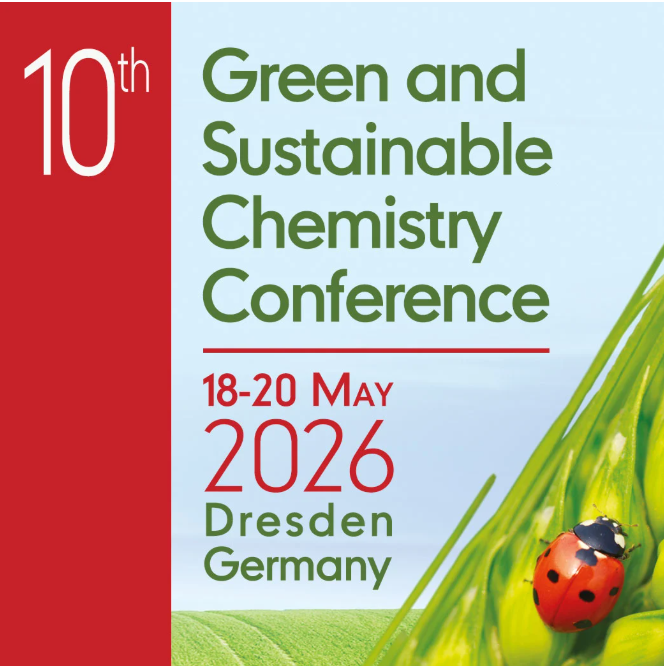


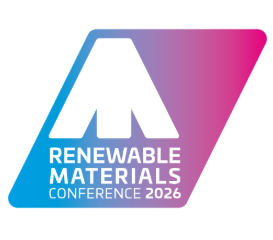






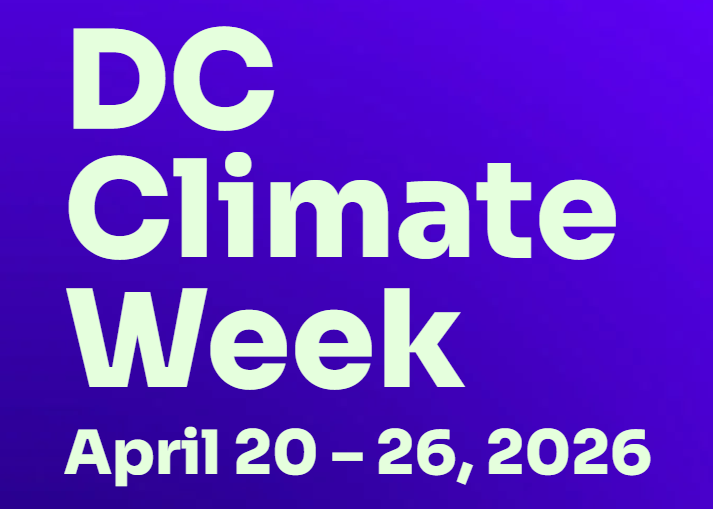






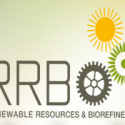













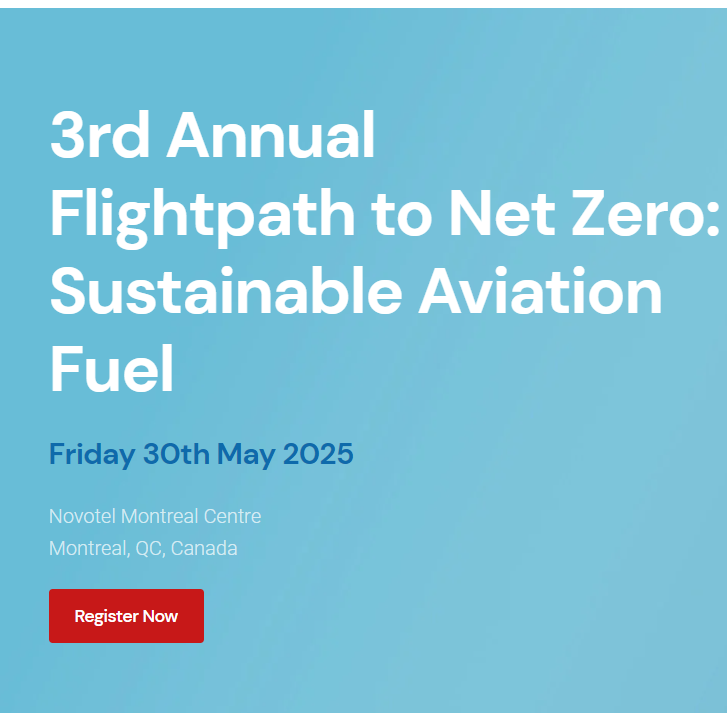






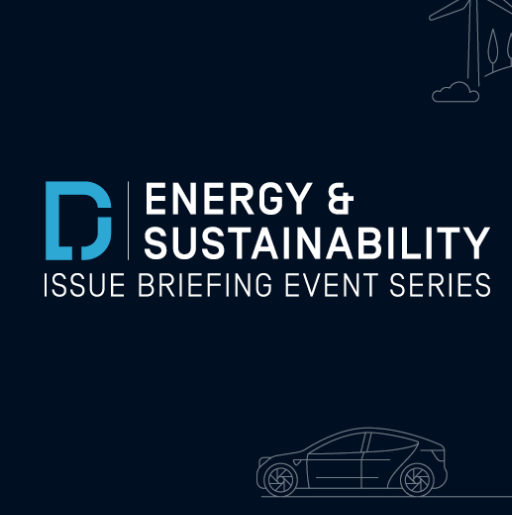



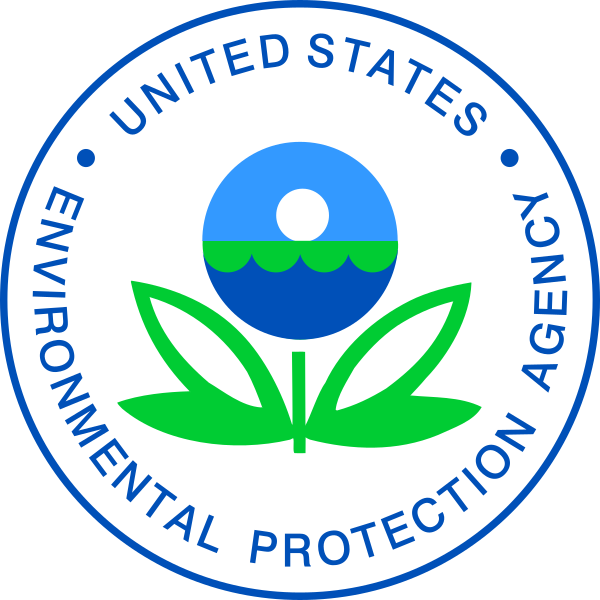


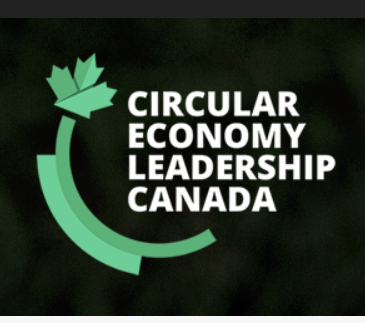

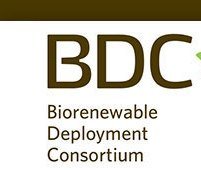
.jpg)




